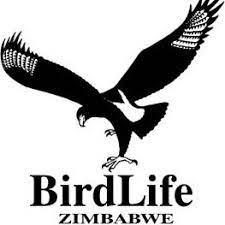CONSERVATION – PREVENTING EXTINCTION PROGRAMME
Birds of Prey (Raptors)
Recent review of the state of the world’s +/- 557 raptor species revealed that 103 species (18%) are threatened (Vulnerable, Endangered or Critically Endangered; 52% have declining populations and only 9% have increasing populations (McClure et al. 2018). These alarming observations, in a group of birds considered to be good indicators of the environment, have implications beyond species conservation and imply biodiversity loss and deteriorating environmental health.
While BLZ’s Preventing Extinctions Program concentrates in part on vultures, a particularly imperilled group of raptors that constitutes 8% of Zimbabwe’s raptor species, observed global declines in raptors prompt us to take stock of all our c.64 raptor species. To this end BLZ will be developing a National Birds of Prey Conservation & Management Plan that will start with the status of globally Endangered raptor species, such as Secretarybird (Sagittarius serpentarius), Bateleur (Terathopius ecaudatus), Steppe Eagle (Aquila nipalensis) and Martial Eagle (Polemaetus bellicosus), and include all migratory and resident raptor species.
It should be appreciated that the latter includes some raptor species, such as the Taita Falcon (Falco fasciinucha), African Marsh Harrier (Circus ranivorus) and African Grass-owl (Tyto capensis) that have become locally extinct in some areas of Zimbabwe. While dedicated raptor monitoring programs, such as the ‘Black Eagle’ Survey that has measured nesting success of Verreaux’s’ Eagle (Aquila verreauxii) in the Matobo Hills for more than 60 consecutive years, the Important Bird Area monitoring program and citizen science atlassing ensures that we are not starting from scratch, there are still many common raptor species, such as Lizard Buzzard (Kaupifalco monogrammicus), for which there are few data despite their abundance.
